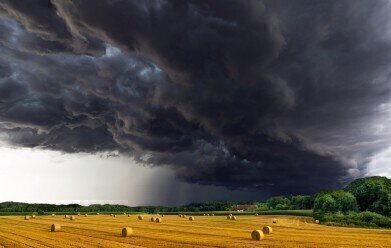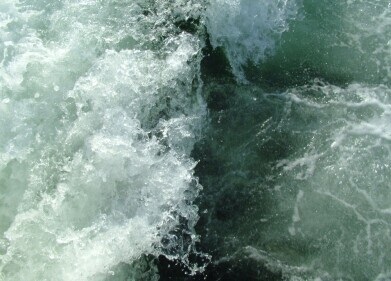Environmental Laboratory
Can Storms Go Off the Scale?
Mar 27 2018
At present, scientists classify the severity of a storm one a scale of one to five. Until now, such a system has been adequate to quantify the size of a storm, with a number five being indicative of complete destruction of manmade infrastructure.
However, the increased stability of modern architectural techniques, coupled with the amplified power, duration and intensity of recent storms, has led to experts in the field questioning whether a new category should be added in order to prevent storms “going off the scale”.
The scale at present
Currently, the National Hurricane Centre (an arm of the National Ocean and Atmospheric Administration) provides the Saffir-Simpson Hurricane Wind Scale, which defines the strength of a storm from one to five. The categories are as follows:
1 – Highly dangerous winds, some damage expected
2 – Highly dangerous winds, extensive damage expected
3 – Significant damage will occur
4 – Disastrous damage will occur
5 – A high percentage of human infrastructure will be completely destroyed
To date, this system has served both scientists and the public well, in documenting the severity of storms and in preparing for their impact. However, new developments in both architectural capabilities and in climatic patterns may mean the time is ripe for change.
Off the scale
Last month, a meeting of climate scientists and experts in New Zealand posited the idea of adding a category six to the SSHWS to account for the fact that times are changing – both in terms of how we classify things and in weather patterns we are experiencing. For example, the last few years have seen extreme flooding in the UK and formidable cyclones and hurricanes batter other parts of the world.
“Since the scale is now used as much in a scientific context as it is a damage assessment context, it makes sense to introduce a category six to describe the unprecedented strength 200mph storms we’ve seen over the past few years, both globally and here in the southern hemisphere,” explained climatologist Michael Mann. In particular, Mann was referring to Hurricane Winston, which hit New Zealand in 2016 and remains the strongest cyclone ever to hit the southern hemisphere.
Danger of change
However, opponents of the idea have warned against upsetting public perception of storm classification, as it could confuse prior knowledge of how to prepare for an imminent event that has been forecast by thunderstorm detection technology.
“Categories are engaging to the public and its easy for us to understand and communicate the severity of a storm,” countered Chris Brandolino, chief scientist at New Zealand’s National Institute of Water and Atmospheric Research. “I always encourage us re-evaluating the science, we should always be asking ‘is what we are doing appropriate for the time?’ But I think if we are seriously to consider this, it requires a holistic approach; looking at the whole scale, not just adding a category.”
Digital Edition
IET 34.2 March 2024
April 2024
Gas Detection - Biogas batch fermentation system for laboratory use with automatic gas analysis in real time Water/Wastewater - Upcycling sensors for sustainable nature management - Prist...
View all digital editions
Events
Apr 30 2024 Melbourne, Australia
Apr 30 2024 Birmingham, UK
May 03 2024 Seoul, South Korea
May 05 2024 Seville, Spain
May 06 2024 Minneapolis, MN, USA


















